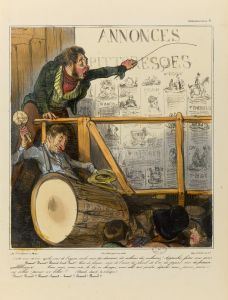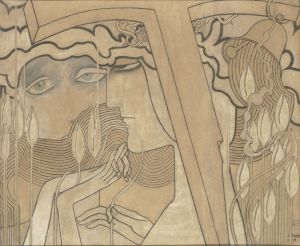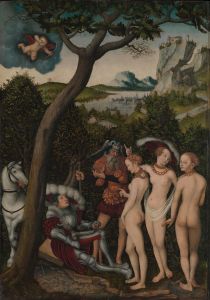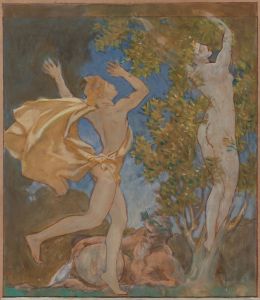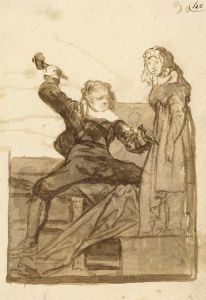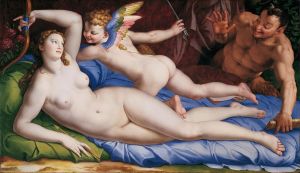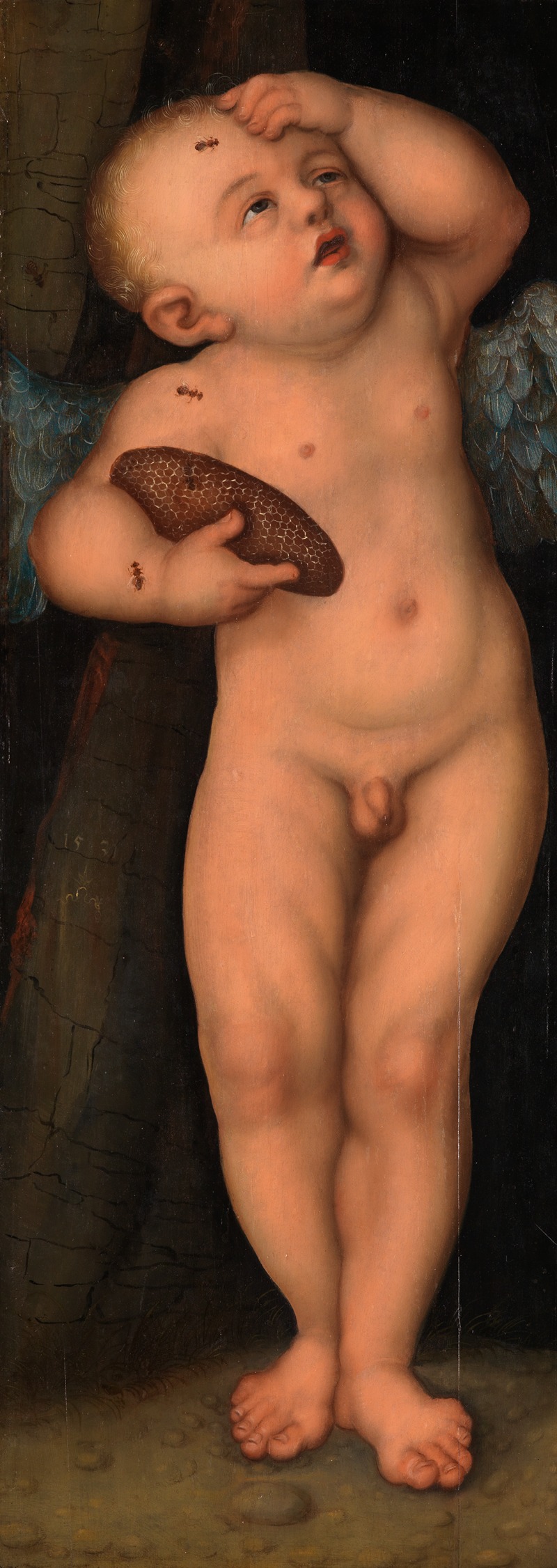
Amor als Honigdieb
A hand-painted replica of Lucas Cranach the Elder’s masterpiece Amor als Honigdieb, meticulously crafted by professional artists to capture the true essence of the original. Each piece is created with museum-quality canvas and rare mineral pigments, carefully painted by experienced artists with delicate brushstrokes and rich, layered colors to perfectly recreate the texture of the original artwork. Unlike machine-printed reproductions, this hand-painted version brings the painting to life, infused with the artist’s emotions and skill in every stroke. Whether for personal collection or home decoration, it instantly elevates the artistic atmosphere of any space.
Lucas Cranach the Elder, a prominent German Renaissance painter, created the artwork "Amor als Honigdieb" (Cupid as a Honey Thief) around 1527. Cranach was renowned for his portraits, religious subjects, and mythological scenes, often characterized by their vivid colors and attention to detail. This particular painting is a fine example of Cranach's ability to blend classical mythology with a touch of humor and moral allegory.
"Amor als Honigdieb" depicts the Roman god Cupid, known as Amor in Latin, engaging in the act of stealing honey. The scene captures the moment when Cupid, having tasted the sweetness of honey, is stung by bees. This allegorical representation is rooted in classical mythology and serves as a moral lesson about the dual nature of pleasure and pain. The painting illustrates the idea that the pursuit of pleasure often comes with consequences, a theme that was prevalent in Renaissance art and literature.
In the painting, Cupid is portrayed as a cherubic figure, a common depiction in Renaissance art, emphasizing his innocence and mischievous nature. He is shown with wings, a quiver of arrows, and a bow, traditional attributes of the god of love. The background of the painting is typically lush and detailed, featuring elements of nature that were characteristic of Cranach's work. The bees, small yet significant, are depicted swarming around Cupid, adding a dynamic element to the composition.
Cranach's use of color and composition in "Amor als Honigdieb" reflects his mastery of the Northern Renaissance style. The painting's vibrant colors and the delicate rendering of textures showcase his skill in capturing both the physical beauty and the symbolic meaning of the scene. The contrast between Cupid's soft, youthful features and the sharp, stinging bees enhances the painting's allegorical message.
The theme of Cupid as a honey thief was a popular subject in Renaissance art, often used to convey moral lessons about the nature of desire and the consequences of indulgence. Cranach's interpretation of this theme is notable for its playful yet cautionary tone, inviting viewers to reflect on the balance between pleasure and pain in their own lives.
Lucas Cranach the Elder was a key figure in the German Renaissance, and his works were highly influential in shaping the artistic landscape of the time. He served as a court painter to the Electors of Saxony and was a close friend of Martin Luther, the leader of the Protestant Reformation. Cranach's art often reflected the cultural and religious changes of his era, blending traditional themes with contemporary ideas.
"Amor als Honigdieb" is housed in various collections, with several versions attributed to Cranach and his workshop. This practice of creating multiple versions of a popular theme was common in Cranach's workshop, allowing his art to reach a wider audience. The painting remains a testament to Cranach's artistic legacy and his ability to convey complex themes through accessible and engaging imagery.
In summary, "Amor als Honigdieb" by Lucas Cranach the Elder is a captivating work that combines mythological narrative with moral allegory. Through his skilled use of color, composition, and symbolism, Cranach invites viewers to ponder the intertwined nature of pleasure and pain, a theme that resonates across time and continues to captivate audiences today.






